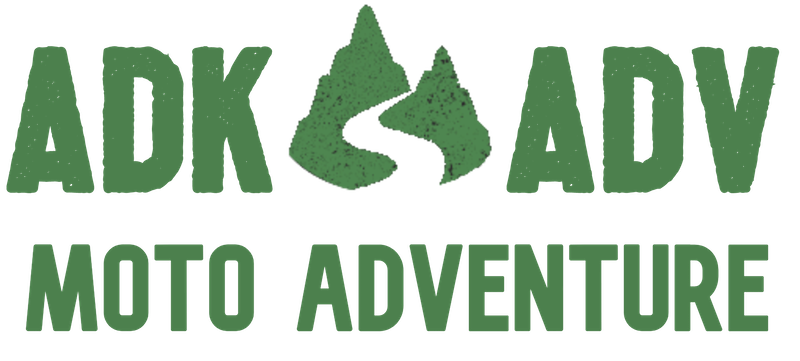Of the various skills one needs to learn to be a successful adventure rider / overlander; I have been surprised how important basic knot tying would prove. So for this post I just wanted to share a handful of easy knots I use while riding and camping.
Specialized Motorcycle Knots?!
Well, no. But there are just a few knots that seem to be really handy and or common for motorcycle camping and riding.
And so rather than dump a bunch of knots at you, I’ll focus on common use cases I’ve encountered, and which knots have helped me the most. (if you just want the TL;DR of knots jump to the end)
Starting off: strapping down
First think getting started is our gear. When you find you have things that need to be tied-down to your motorcycle, there are two key knots you need to know.
- Trucker’s hitch
- Bowline
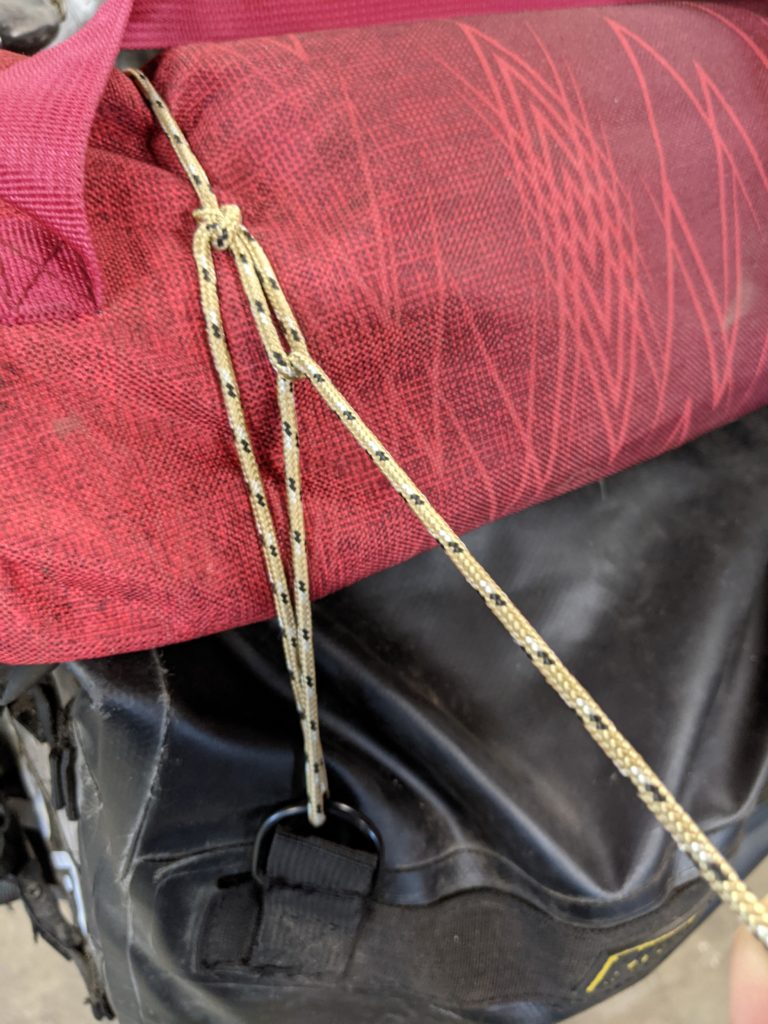
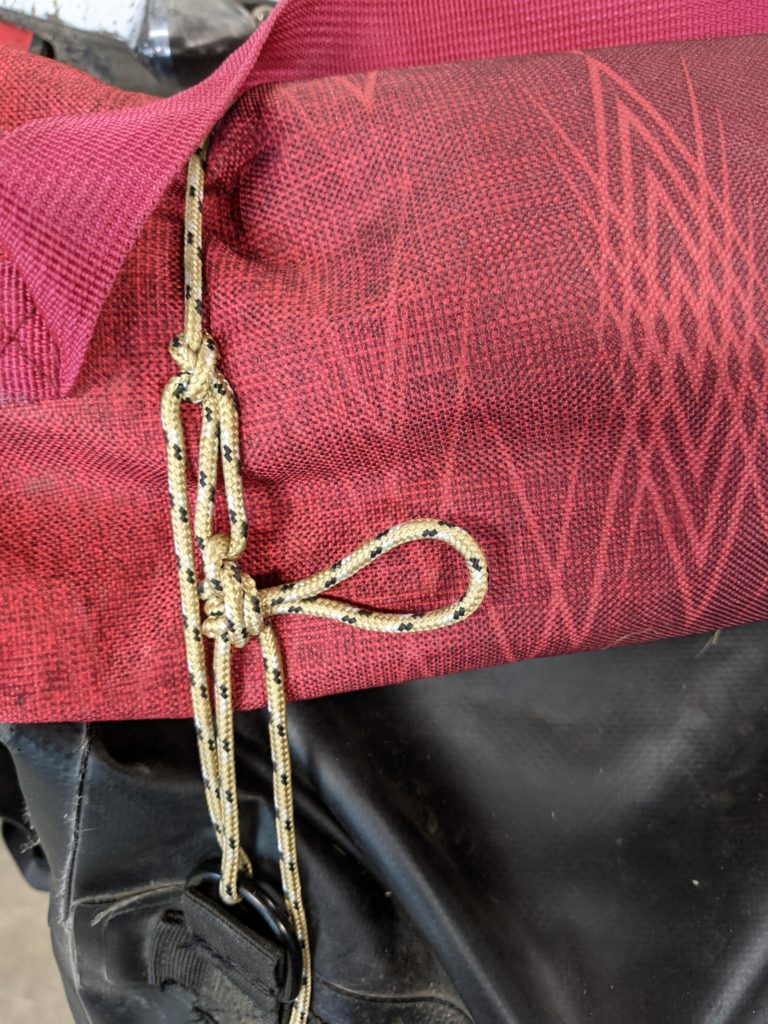
Bowline (“bo-lin”) is a classic sailing knot used because it does not tighten under load. Great for going under the arms of someone overboard, etc. But they never jam, meaning even after heavy load they are easy to untie.
So whenever I need a loop, or to start a line connected to something — its a bowline.
These are perfect for tying down because a small bowline on one end can be used that to loop through any D-ring, any easy off. But you can tie a bowline directly onto any other connection point.
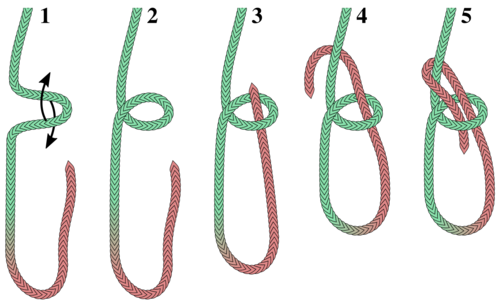
Sure, loops are easy — what about the fastening end though?
Trucker’s Hitch is the knot for securing loads. It’s not borrowed or adapted, but specialized just for this use case. The knot adds a loop to act as a pulley giving you additional leverage to really tighten up before locking it in with some easily removed slipped-hitch
I use this knot to secure loads onto my saddle bags usually. It’s an easy way to really tighten down and still easily get access.
Setting Up a campsite
I admit this section is not unique to motorcycling at all, just good camp knots to know while setting up camp. For hanging rain flys, tarps and lanterns, here are my go to knots.

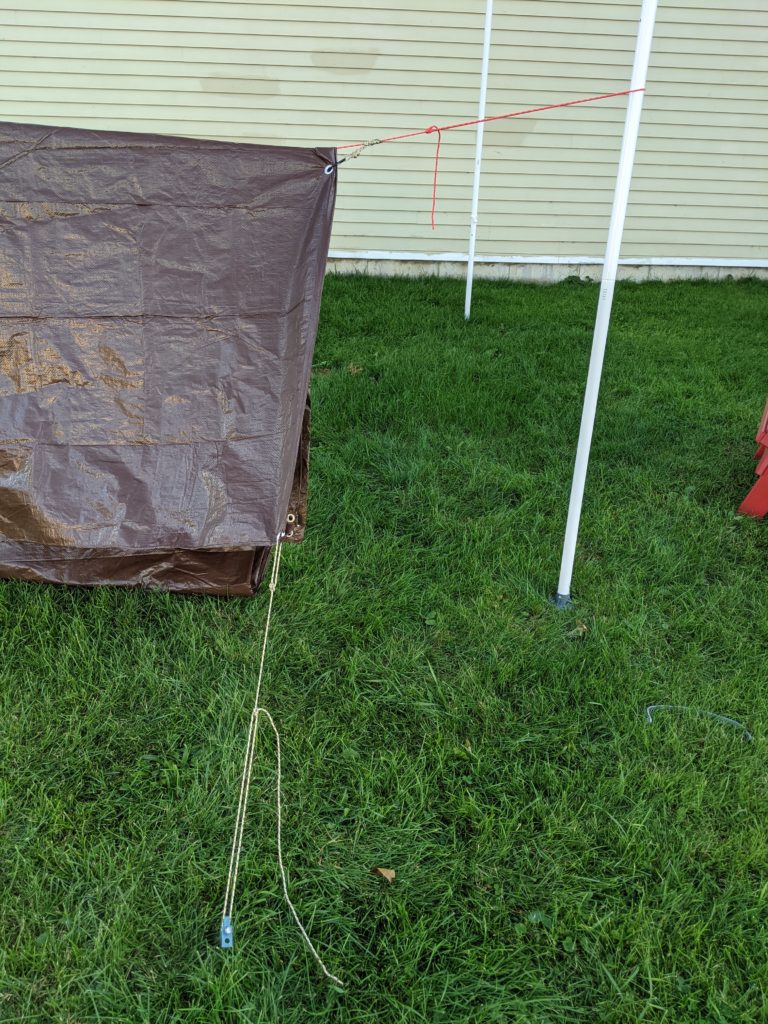
Midshipman’s Hitch is a friction knot that allows you to adjust the tension of ridge-lines between two trees, or tighten down guy lines against their stakes.
It is a knot you definitely need to “dress it before you stress it” but when well executed holds tight under surprising load.
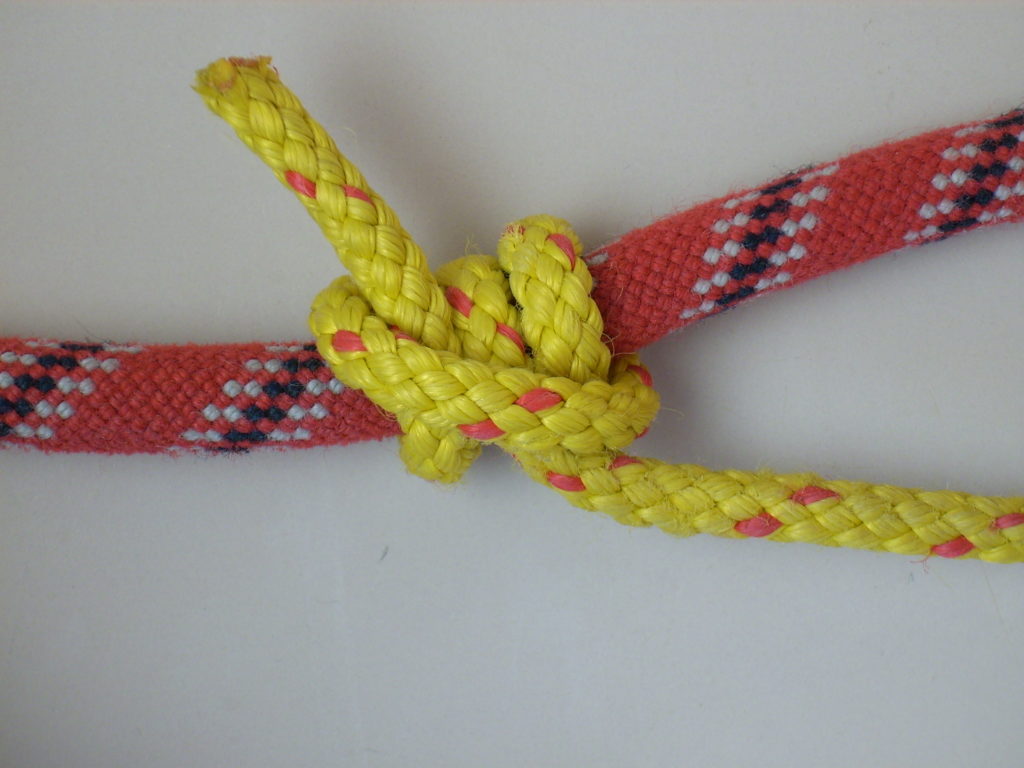
Prusik is a super simple friction knot using a wrapped loop, 3 or more times. It requires a closed loop of string (see fisherman’s knot) but is dummy proof.
My favorite use for this is 2 small loops of rope, one of each end of my tarp where it hangs over the ridge-line. I can use the prusik to secure the midpoint to the ridge-line, clip to the tarp, and then tighten it out to make sure tarp stay open wide, and just where I want it.
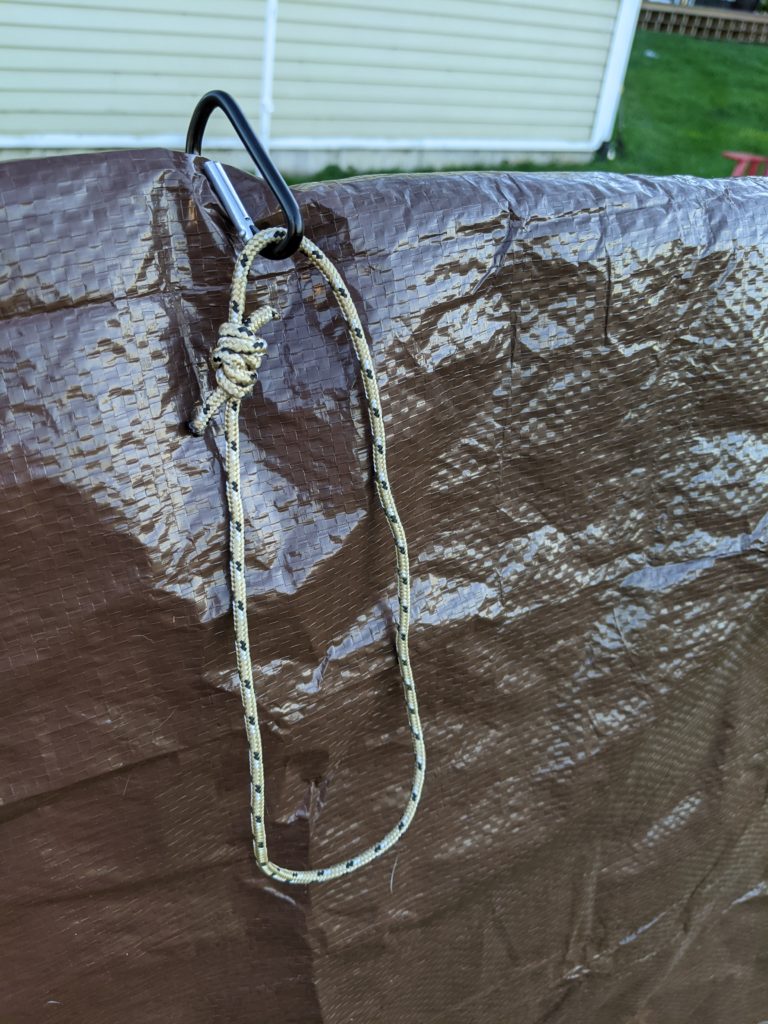

Rescue and Righting
Last use case for adventure riding is getting yourself, or a friend, out of trouble. Its for this reason my saddlebags always have ~150′ of rope and some snatch-blocks/pulleys. A valuable lesson I learned after spending several exhausting hours righting a bike over a far remote hill climb.
Fisherman’s Knot for tying multiple lengths together, or creating loops. Super easy though it tends to jam (hard to untie) under heavy load.
Klemheist is another friction knot commonly used in rappelling. Unlike the Prusik, it only locks in one direction, and a good choice if you find yourself solo and need an “extra hand” to hold the line taught as you work yourself out of a ditch :p
